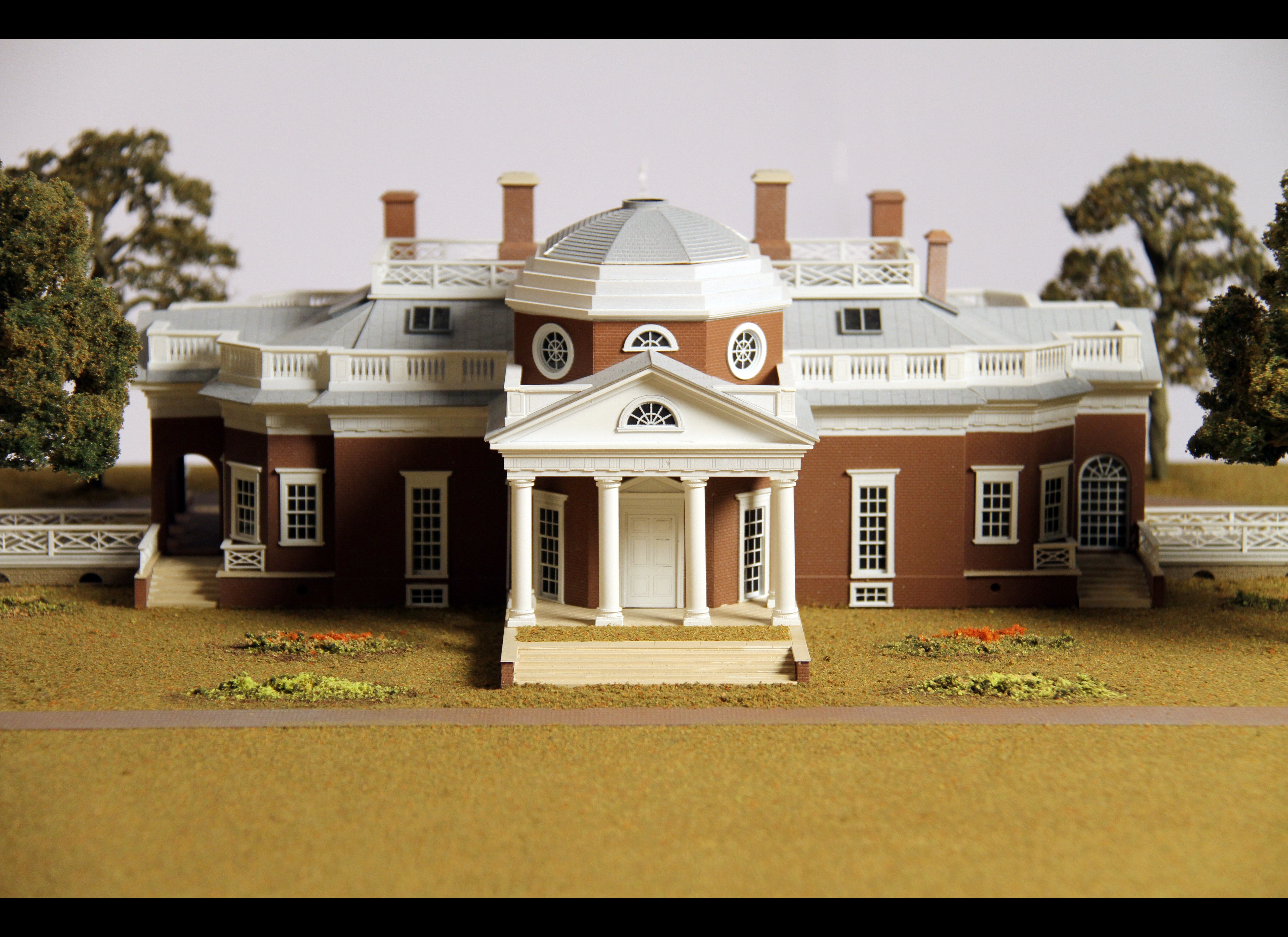Let's first start by saying that I've always had conflicted feelings regarding the National Building Museum. This umbrage comes not from the exterior facade which, while interesting as a historical piece, is as boring as sin*, but rather with the sometimes flimsy content of the museum itself.
The NBM leans to the more approachable side of architecture, and that's fine, however sometimes it's marketed as something deeper. The expectation of a depth of information vs. a breadth has left me continually disappointed. At the end of the day, it's the physical embodiment of Architectural Digest. It's pretty, it's nice, and it will give you some interesting tidbits to share at cocktail parties.
"Did you know it was the original Pension Bureau for the solders of the Civil War?"
If you already know things like "Southern facing windows can create heat gain" or "Frank Lloyd Wright was instrumental in the perception of American architecture on the international scale" then the NBM will not give you much more in the way of analytical understanding.
Then you realise: the NBM isn't in it to please architects and inform them on contemporary construction, it's in it to educate the general public on buildings. It says it right in the title "National Building Museum" not "Design", not "Architecture", "Building".
It's the same way that the National Air and Space Museum isn't in it to inform Astronauts on what they can expect about space travel. They know what to expect. Presumably they went to college and studied it.
Presumably.
So how did they do with House and Home?
Overall, I think pretty good. As mentioned in the Atlantic Review ** it is an extremely ambitious exhibit. The conceptual idea of "House and Home" is enormous, it's one of those sweeping generalities they teach you about in architecture school - along with other such favorites as "Inside and Outside" "Public and Private" and of course, "Space and Place".
The point is to explore what those concepts mean to you as a designer. Are you the type of architect who has a place for everything and everything in it's place, or , are you in favor of creating a blank canvas in which your client designs their own life? Do you have a clear singular vision or are you blending together different styles? Are you interested in the pieces or the whole? To paraphrase, are you a fox or a hedgehog?
Covering everything about residential work, from concept and construction to funding and finance is impossible for one exhibit, but they touch on everything just enough to warrant a footnote. Long story short: It's a salad bar.
Are you getting Paul Newman's Own Special Reserve Lite Peppercorn Ranch Dressing? No. But there will be Ranch dressing of some kind so just deal with it.
The stars of the show are clearly the physical models, all of which are done at the same scale. If you have ever been forced to make a model at 1/8th when it really needs to be at 1/32nd to be manageable, you understand how enormous an undertaking this is.
A highlight for me is the model of Monticello next to the model of Mount Vernon. It perfectly illustrates the longstanding theory that the enlightened "Gentleman Architects" (In this case they also happened to be Presidents) of the 1700-1800s had varying degrees of talent.
I think we can see a clear winner here. I mean one is on our money for Pete's sake.
The other...well...it's very American, but then again, so is Monticello. Which leads us to the other interesting concept from this show:
American Architecture through the years.
Some theorists have argued that as our world gets smaller, our architecture become homogeneous and a great "Californication" of design threatens to ruin everything.
Personally I don't see this as anything different from the "Frenchification" or "Romanificiation" or "ANYotherEuropeanNation-ification" that the United States was forced to sit through before an individual style was realised. Any country's architecture will reflect their own perceptions, some examples will be more self-aware than others, and that depends on the architect.
The United States is an incredibly complicated place culturally. Whatever can be said of it, so can the opposite. We love freedom and independence, but are rooted in a cult-like respect for community and family. We believe in justice through due process but romanticize vigilantes. We are obsessed with sports, but lead an increasingly sedentary lifestyle. At worst we are contemptible hypocrites, at best we are innovative idealists and that duality is found in the architecture as well.
The violent individualism of Falling Water and the acceptable homogamy of Levittown are both extremely American and it's up to the viewer to determine what that means.
The moral of the story is: A house and a home are different. A house is a building, a home is your own personal architecture.
I would recommend checking it out the next time you're in our nation's capital. It goes on until 2017, so you've got the time.
House and Home
Oh, and the other reason I went down to DC...
Yacht Rock Revue Y'all.
* please note that the expression "boring as sin" is a terrible expression. As sin, by it's nature, is typically much more fun than socially acceptable behavior.
** The Atlantic has even more great design articles up now, some of my favorites are:
invisible-borders-define-american-culture
how-big-your-city-really





No comments:
Post a Comment